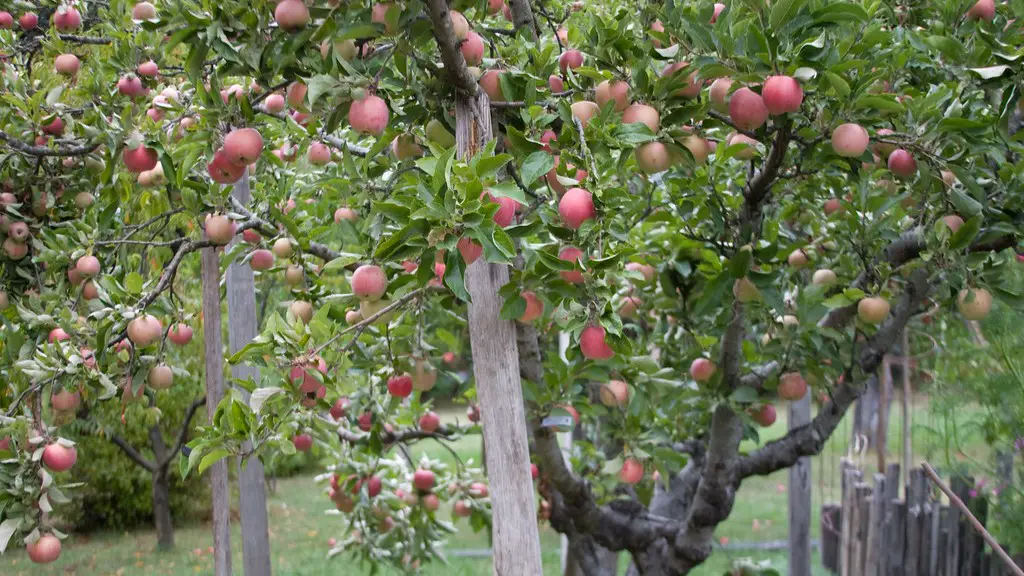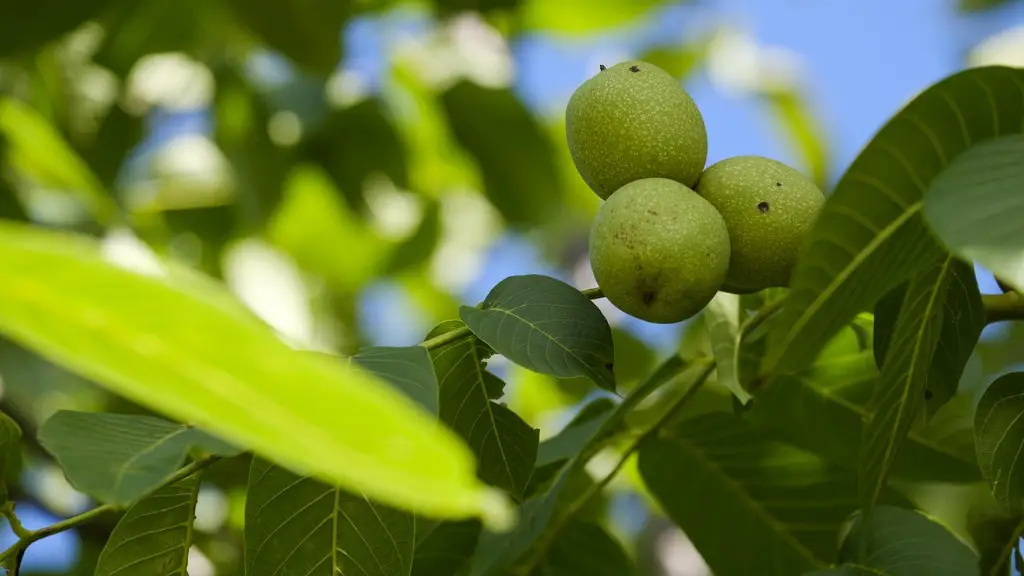Dwarf lemon trees are small, slow-growing trees that, if cared for properly, can produce bountiful amounts of lemons. Pruning a dwarf lemon tree helps your plant to grow strong and healthy. It is important to follow the proper steps to ensure that your tree has the best possible shot at producing sweet, juicy lemons. Here are the steps to prune a dwarf lemon tree:
Step 1: Choose the right time of year to prune. January is the best time of year to prune a dwarf lemon tree. If you need to prune your tree at a different time of year, wait until after blooming or fruiting season to do so.
Step 2: Inspect your lemon tree for signs of disease. Be sure to check for any yellowed or discolored leaves, as this could be a sign of disease. Also, look for evidence of pests or insects that may need to be treated.
Step 3: Remove any dead, diseased or damaged branches. Prune away any branches that are crossing or growing too closely together. Also, remove any sucker growth near the base of the tree.
Step 4: Make sure not to prune too much of the lemon tree. Pruning too heavily can leave your tree open to disease and insect infestation. It is best to remove no more than 25% of the lemon tree’s foliage at one time.
Step 5: Sterilize your pruning tool. This can be done easily with a diluted bleach solution. This helps to prevent any diseases from spreading to your lemon tree.
Step 6: After pruning, fertilize your tree. This should be done after the pruning is finished in order to help your plant recover and regrow new foliage.
Step 7: Water your tree. Make sure your dwarf lemon tree has plenty of water, especially during the hotter months. This will help your tree to grow and produce healthy lemons.
Pruning Techniques for Dwarf Lemon Trees
Once you understand the basics of how to prune a dwarf lemon tree, you’ll need to know the various techniques to maximize your success. Here are a few different pruning techniques to use when caring for your lemon tree:
1. Crown pruning – Crown pruning is done to keep the growth of the tree at a manageable, desired height. To do this, prune back the tree’s upward crotch and downward branch away at the same time, leaving a “V” shaped point.
2. Thinning – Thinning helps the tree’s foliage to spread and receive more light. To thin your lemon tree, gently prune back any foliage that is blocking light from reaching other branches.
3. Heading – Heading involves pruning off the ends of the branches. This helps to control the shape of the tree and encourage new growth. When heading, make sure not to cut off too much of the branches, as this can stress your tree.
4. Deadheading – Deadheading refers to pruning away dead, damaged or diseased branches. This helps to prevent diseases from spreading to your lemon tree.
Tips for Pruning Dwarf Lemon Trees
Here are a few tips to keep in mind when pruning your dwarf lemon tree:
1. Always use sterilized tools when pruning. A diluted bleach solution is the best way to ensure that no diseases are spread to your lemon tree.
2. Prune away any suckers that grow near the base of the tree. These suckers can take away energy and nutrients from other parts of the tree.
3. Prune no more than 25% of your lemon tree at once. Pruning away too much can cause stress and damage to the tree.
4. Water your tree regularly and supplement with fertilizer. After pruning, make sure your tree has plenty of water and use a fertilizer to help it regrow and recover.
5. Choose the right time of year to prune. The ideal time to prune is after blooming or fruiting season, or in January.
Diseases to Look Out For During Pruning
When pruning your dwarf lemon tree, it is important to have an eye out for any signs of disease. Here are a few diseases that can affect your lemon tree:
1. Citrus Canker – Citrus canker is a bacterial infection of the tree’s leaves and fruits. It is characterized by yellow and brown lesions that form on the tree’s foliage.
2. Citrus Leafminer – Citrus leafminer is an insect causes damage to the tree’s leaves. Infested leaves will turn yellow and curl up. Prune away any affected leaves to help reduce the spread of this disease.
3. Phytophthora root rot – Phytophthora root rot is a fungal disease that attacks the tree’s roots and chokes out its ability to retain moisture. Pruning away any dead or damaged branches helps to reduce the spread of this disease.
4. Tristeza – Tristeza is a virus that can be spread by insects. Symptoms include yellowing of the leaves, decline in fruit production and a reduction in the overall size of the tree. Pruning away any dead branches and regularly fertilizing your tree can help reduce the spread of this virus.
Preventative Measures Before Pruning
Before you begin pruning your dwarf lemon tree, there are a few things you should do to ensure your tree’s health:
1. Inspect your tree for any signs of disease or pest infestation. If pests are present, use a pesticide or insecticide to treat the tree.
2. Sterilize your pruning tool before and after use. A diluted bleach solution is the best way to ensure that no diseases are spread to your lemon tree.
3. Fertilize your tree regularly. This helps to give your tree the nutrients it needs to grow and produce healthy fruits.
4. Discard any trimmings. Pruning trimmings can harbor diseases, so it is important to discard them away from the tree.
5. Make sure your tree has plenty of water. Watering your tree regularly will help to keep it healthy and strong.





